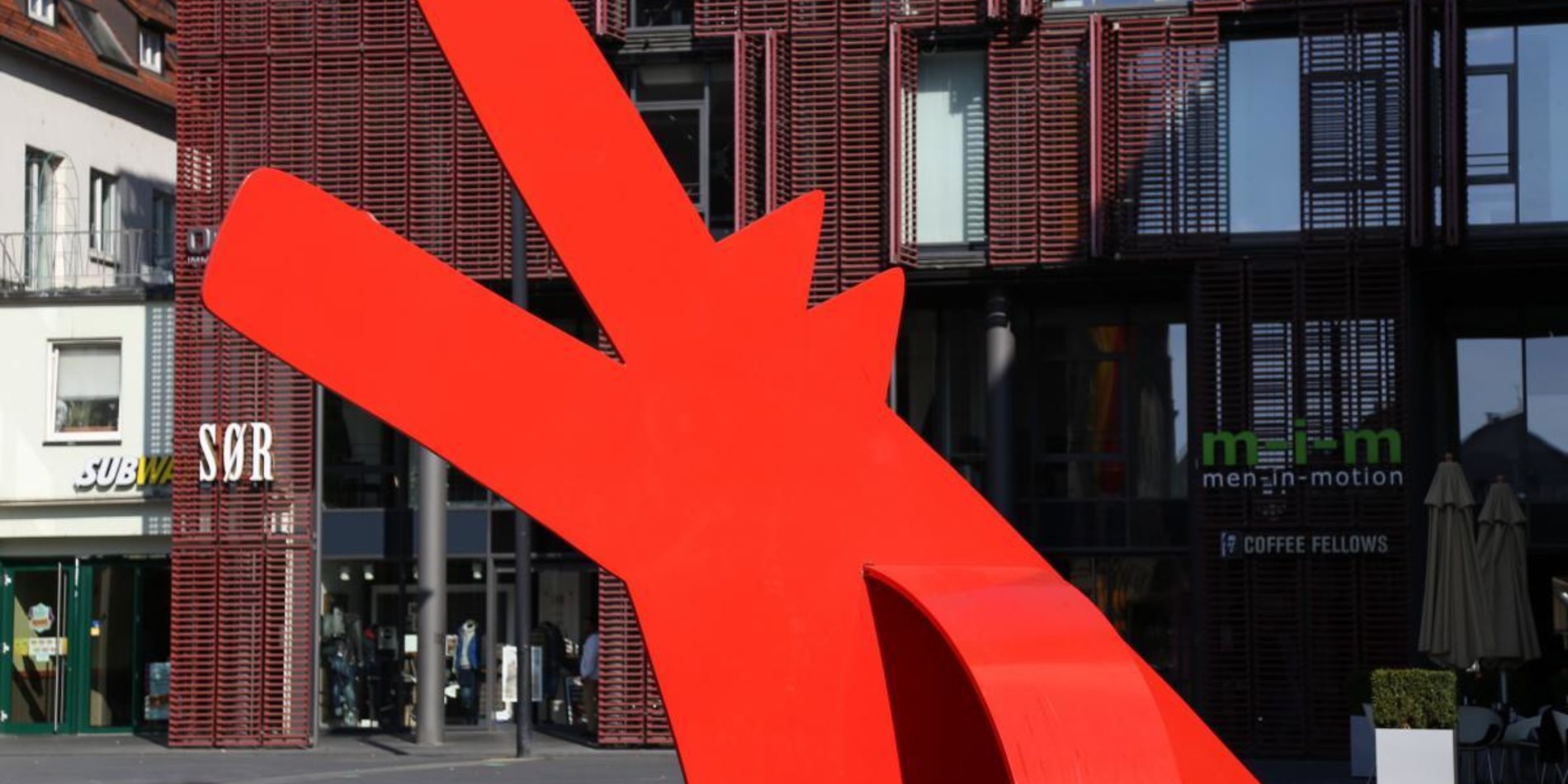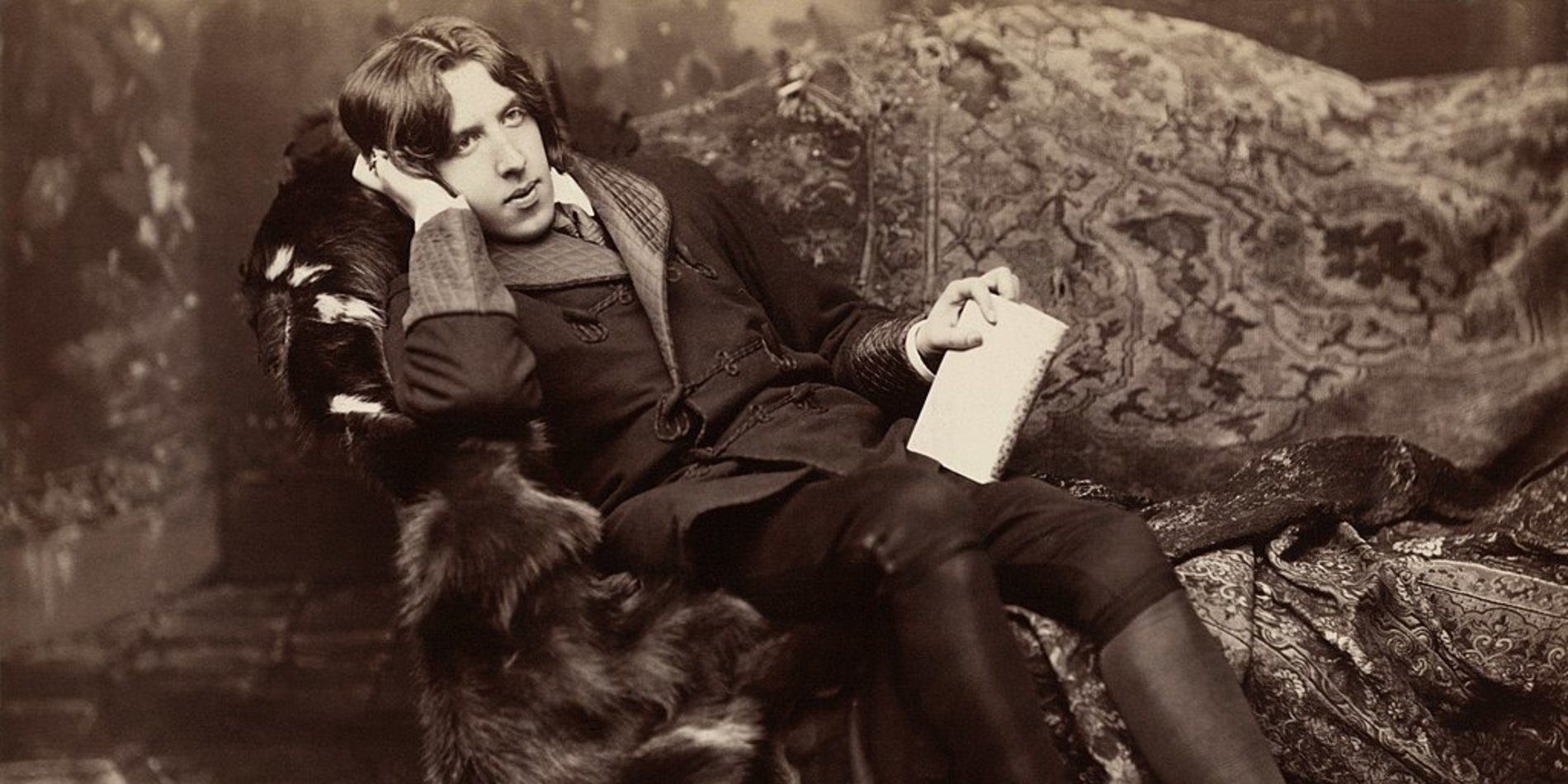ARTSTUDI 150N: Queer Sculpture
General Education Requirements
Course Description
“Outlaw sensibilities, self-made kinships, chosen lineages, utopic futurity, exilic commitment, and rage at institutions that police the borders of the normal—these are among the attitudes that make up ‘queer’ in its contemporary usage.”—David J. Getsy
This hands-on studio-based course explores queer as a form of art production. Artists and thinkers use queer to signal defiance to the mainstream and an embrace of difference, uniqueness, and self-determination. To be intolerable is to demand that the normal, the natural, and the common be challenged. To do this is not to demand inclusion, but rather to refuse to accept any operations of exclusion and erasure that make up the normal and posit compulsory sameness. Queer Sculpture is also about the strategic effort to appropriate and subvert conventional art practices and tactics that may involve everything from shifts in the content of a work and its targeted audience to the methods by which it is produced and its formal properties. The political imperatives of a queer or queered position will shape thematic investigations of practices related to utopic futurity, anti-assimilationist practices, failure, abstraction, the archive, camp, drag, and alternative families. Classes will require reading, discussing, and making. Students will produce artwork for critiques and participate in discussions of the readings. The course includes guest artists and fieldtrips to local LGBTQ archives.
“I will not agree to be tolerated. This damages my love of love and liberty.”—Jean Cocteau
Artists who will be covered in the course include Nao Bustamante, Cassils, Felix Gonzalez-Torres, Keith Haring, Derek Jarman, Isaac Julien, Zoe Leonard, Catherine Opie, Marlon Riggs, Emily Roysdon, Nayland Blake, and David Wojnarowicz, as well as theorists Sara Ahmed and José Esteban Muñoz.
Meet the Instructor: Terry Berlier

"This class combines my two favorite subjects: queerness and making sculpture. I am an interdisciplinary artist who investigates the evolution of human interaction with the natural world, queerness, and ecologies. This results in sculptures that are kinetic and sound-based, and multi-media installations. I emphasize the essential roles played by history, cultural memories, and environmental conditions in the creation of our identities. Using humor, I provide tools for recovering and reanimating our faltering connections with self, queerness, nature, and society. Interweaving movement, sound, and interaction as a metaphor for both harmonious and dissonant interactions, I act as an archaeologist excavating material objects to challenge our understanding of progress and reveal how history is constructed within a cultural landscape."



